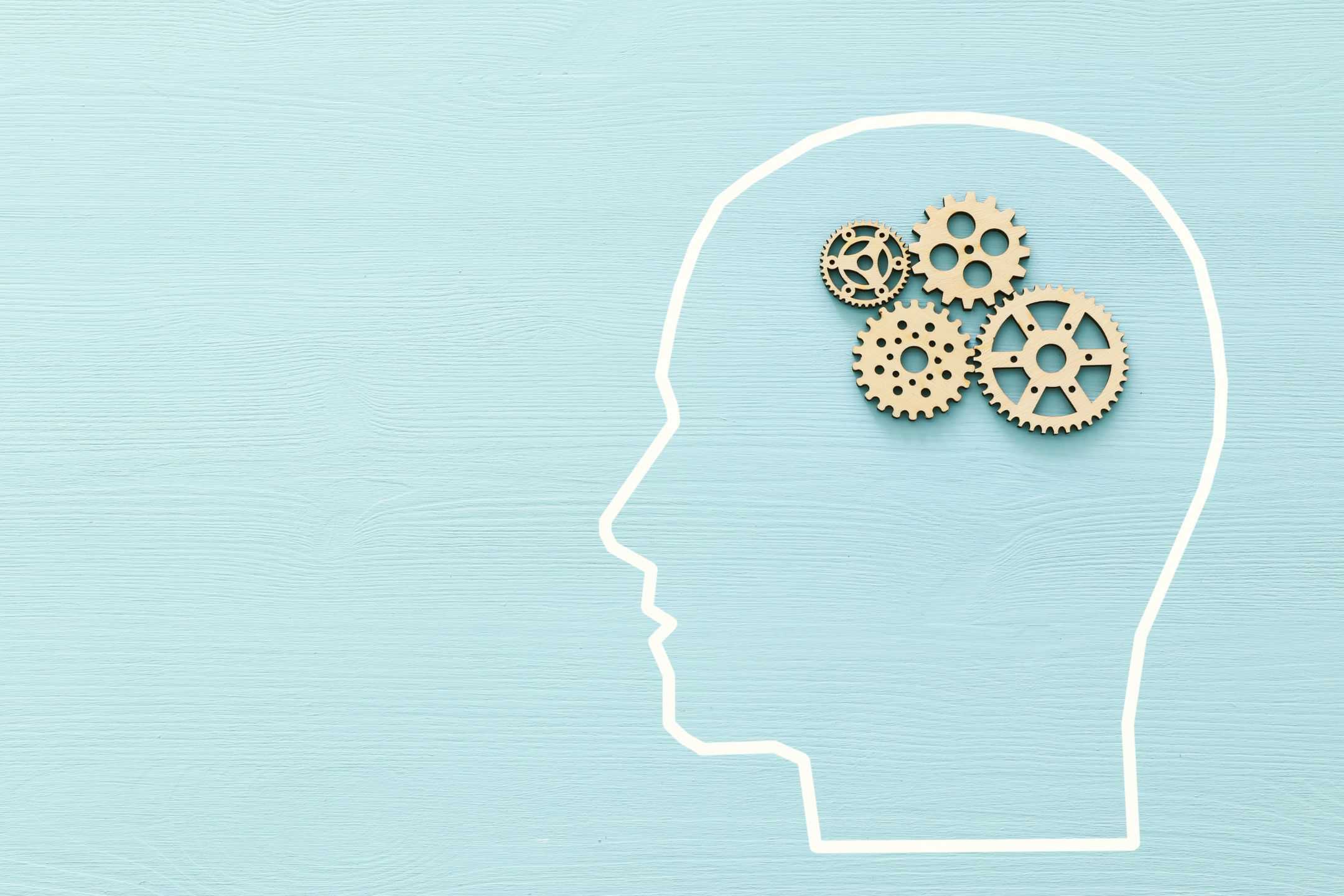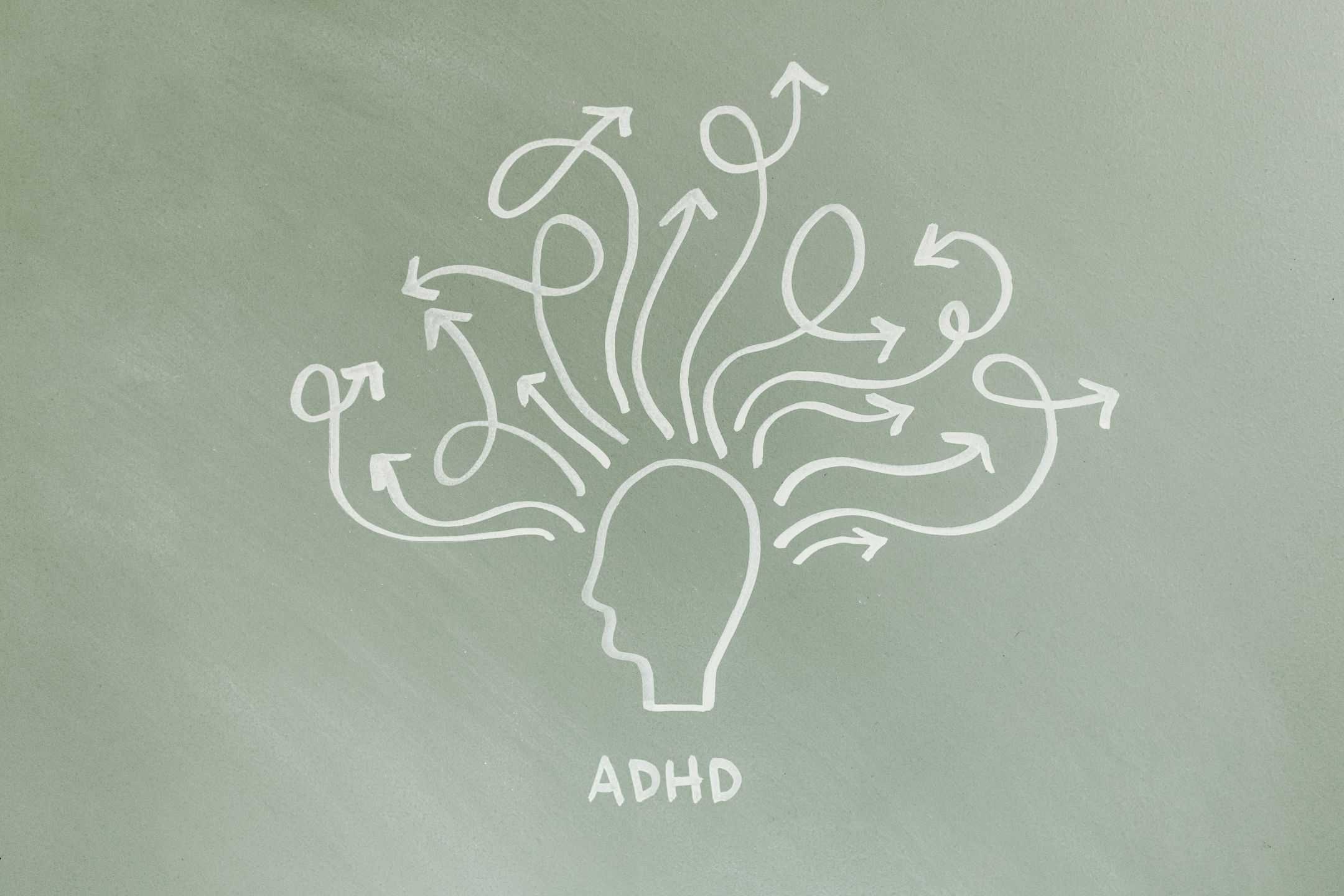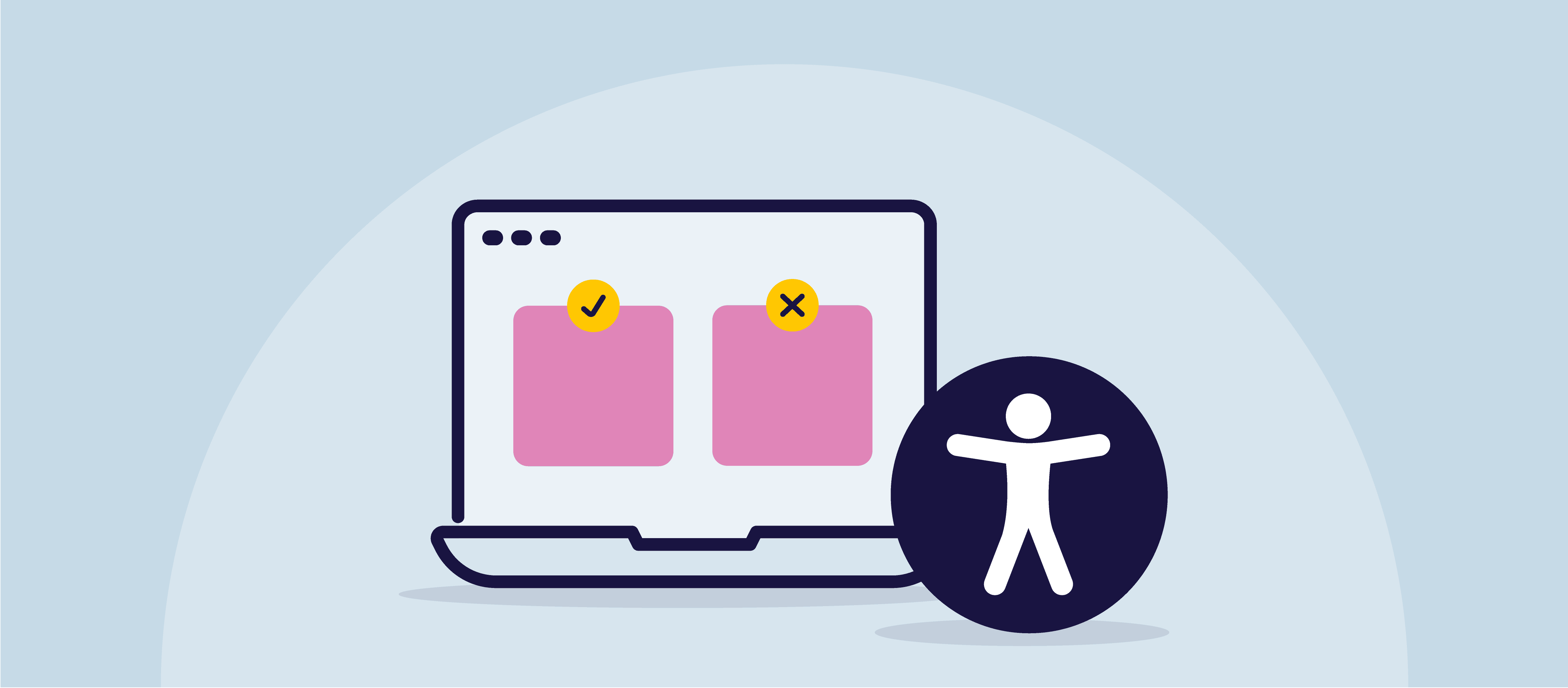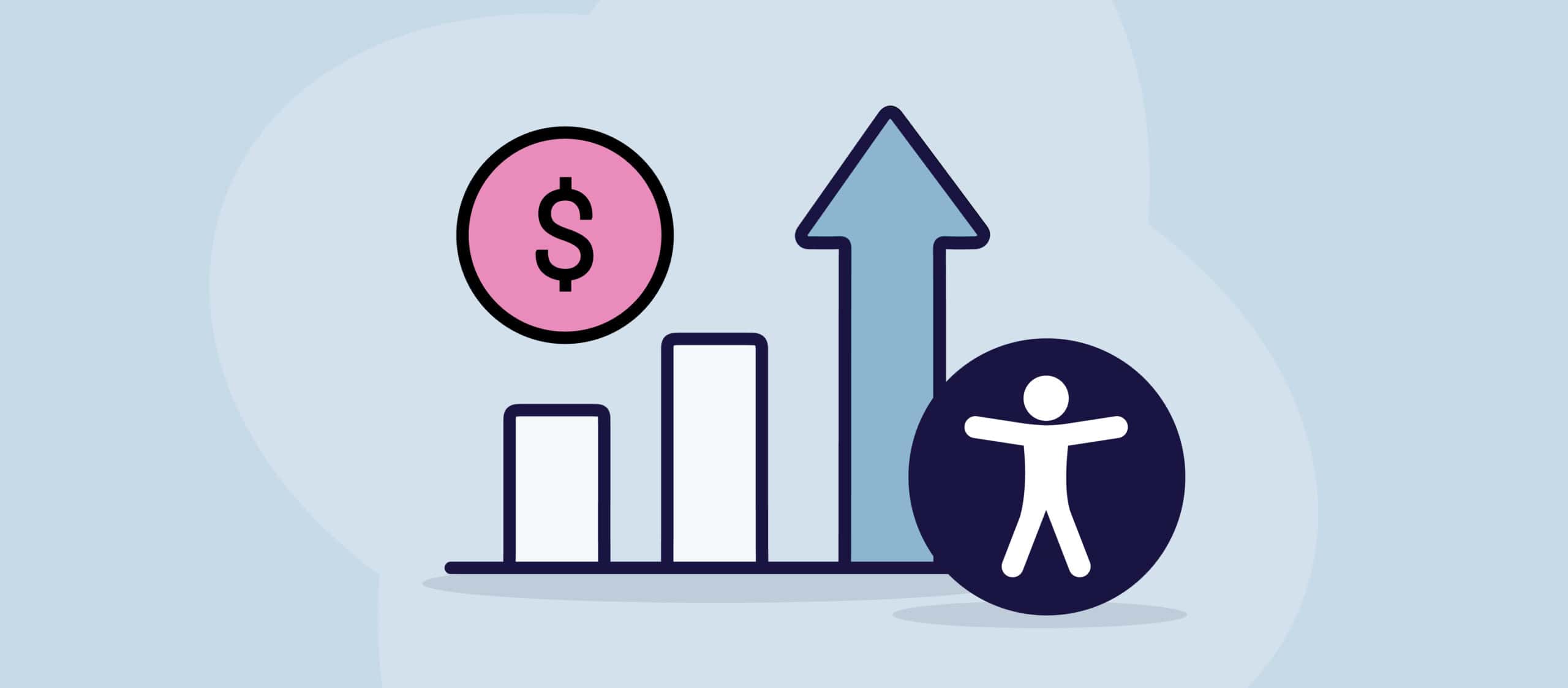Attention-deficit/hyperactivity disorder, commonly known as ADHD, is a neurodevelopmental disorder that affects both children and adults. People with ADHD often struggle with paying attention, focusing, controlling impulsive behavior, and can be overly active or restless. The symptoms of ADHD can significantly impact a person’s daily life, academic and work performance, and relationships. ADHD is a complex disorder that is believed to be caused by a combination of genetic, environmental, and neurological factors. While there is no cure for ADHD, it can be managed with a combination of medication, therapy, and lifestyle changes. It’s important to seek professional help if you or a loved one suspects they may have ADHD to receive a proper diagnosis and develop an effective treatment plan.
Why is it so hard to be productive with ADHD?
ADHD can make it a challenge to be productive due to several reasons.
First, individuals with ADHD often struggle with focus and attention, making it difficult to sustain attention on tasks that are not interesting or stimulating. This can lead to procrastination and difficulty completing tasks in a timely manner.
Secondly, individuals with ADHD often struggle with impulsivity, leading to a tendency to prioritize immediate gratification over long-term goals. This can result in distractions, multitasking, and difficulty prioritizing tasks.
Thirdly, individuals with ADHD often struggle with organization and time management, leading to difficulty in planning and completing tasks. This can cause feelings of overwhelm and stress, leading to avoidance and further procrastination.
Finally, individuals with ADHD often experience emotional dysregulation, including feelings of frustration, anxiety, and overwhelm. These emotions can interfere with productivity and cause individuals to shut down or become easily distracted.
It’s important to note that ADHD affects each person differently, and there is no one-size-fits-all solution for managing symptoms. However, with the right strategies, support, and treatment, individuals with ADHD can learn to manage their symptoms and increase productivity. This may involve utilizing organizational tools, seeking professional help, and making lifestyle changes to support focus and attention.
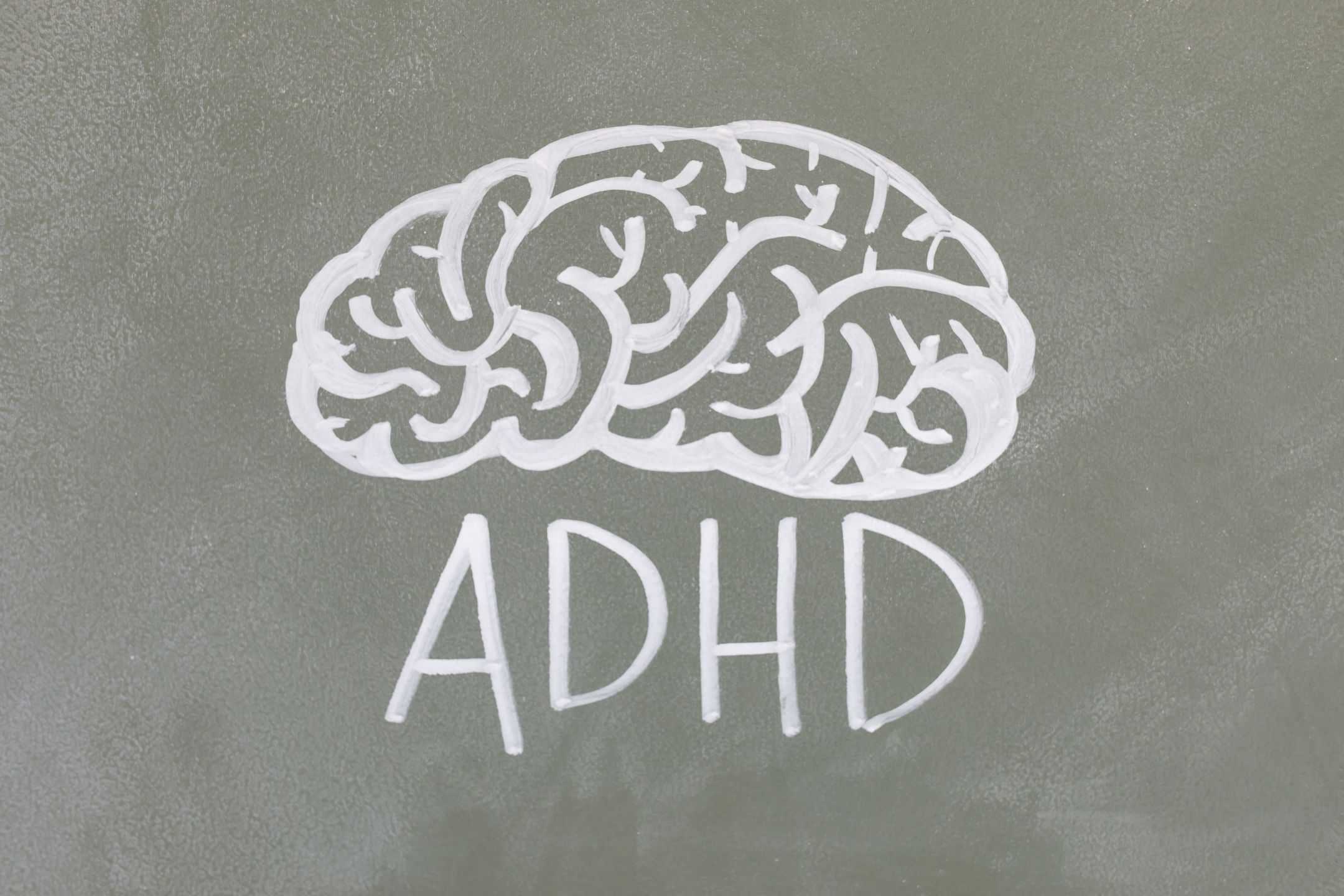
What is the productivity method for ADHD?
There are several productivity methods that can be helpful for individuals with ADHD to improve focus, manage time and increase productivity. One popular method is the Pomodoro technique, which involves breaking down work into 25-minute intervals, separated by short breaks. This method can be effective in combating the tendency for ADHD individuals to become distracted or overwhelmed with large tasks.
Another popular method is the Getting Things Done (GTD) method, which involves organizing tasks into categories, setting priorities, and focusing on completing one task at a time. This method can be useful for individuals with ADHD who struggle with managing multiple tasks and prioritizing their workload.
The Eisenhower Matrix is another method that can be helpful for ADHD individuals to prioritize their workload. It involves categorizing tasks into four quadrants based on their urgency and importance, helping individuals to focus on the most critical tasks first.
Additionally, incorporating regular exercise, meditation, and establishing a consistent routine can also be helpful for managing ADHD symptoms and improving productivity. It’s important to find a productivity method that works best for each individual’s unique needs and to seek professional help if needed. With the right approach and support, individuals with ADHD can develop effective productivity strategies to help them achieve their goals and reach their full potential.
What are the organizational tools for ADHD?
Individuals with ADHD often struggle with organization and time management, making it challenging to stay on top of tasks and responsibilities. However, there are several organizational tools that can help individuals with ADHD to manage their workload and stay focused. Here are some examples:
- Digital calendars: Utilizing a digital calendar can be helpful in keeping track of appointments, meetings, and deadlines. Many digital calendars allow for reminders and notifications, which can be useful in ensuring that tasks are completed on time.
- To-do lists: Creating to-do lists can help individuals with ADHD to break down larger tasks into smaller, more manageable steps. This can help to reduce feelings of overwhelm and increase productivity.
- Mind mapping: Mind mapping is a visual tool that can help individuals with ADHD to organize their thoughts and ideas. It involves creating a diagram that connects various ideas and concepts, helping to clarify thinking and increase creativity.
- Colour-coding: Using colour-coding techniques can help individuals with ADHD to visually organize their workload. This can involve colour-coding tasks based on urgency or importance or assigning different colors to different types of tasks.
- File management systems: Setting up a file management system can help individuals with ADHD to keep track of important documents and paperwork. This can involve using physical file folders or digital file management software.
- Habit trackers: Utilizing habit trackers can help individuals with ADHD to establish and maintain positive habits, such as exercising regularly or taking medication on time.
Overall, finding the right organizational tools is key to managing ADHD symptoms and improving productivity. It may take some trial and error to find the most effective tools for everyone’s unique needs, but with persistence and support, it’s possible to develop effective organizational strategies.
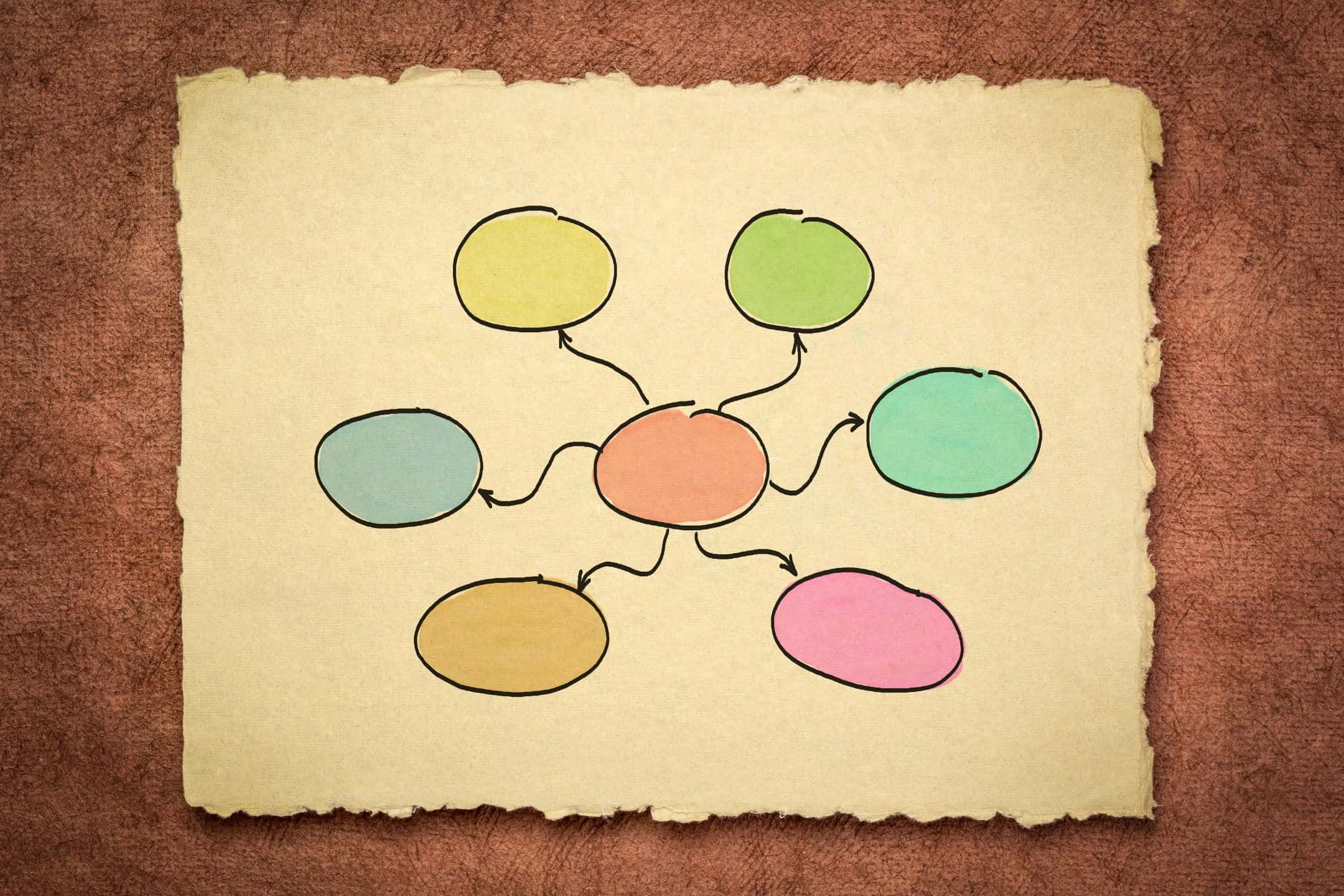
What is the 25-minute method for ADHD?
The 25-minute method, also known as the Pomodoro technique, is a time management strategy that can be effective for individuals with ADHD. This technique involves breaking down work into 25-minute intervals, separated by short breaks.
The basic steps of the Pomodoro technique are as follows:
- Choose a task to work on.
- Set a timer for 25 minutes.
- Work on the task until the timer goes off.
- Take a short break (5-10 minutes).
- Repeat the cycle, working on the task for another 25 minutes and taking a short break.
- After four cycles, take a longer break (15-30 minutes).
The idea behind the Pomodoro technique is that working in shorter, focused bursts can help individuals with ADHD to stay on task and avoid distractions. The breaks in between each interval can help to reduce fatigue and increase productivity.
The name “Pomodoro” comes from the Italian word for tomato, as the creator of the technique used a tomato-shaped kitchen timer to time his intervals. However, any timer can be used for this technique.
Overall, the 25-minute method can be an effective strategy for individuals with ADHD to manage their workload and increase productivity. It may take some trial and error to find the right balance of work and break intervals that work best for each individual’s needs, but with practice and persistence, this technique can be a useful tool in managing ADHD symptoms.
How can I be more efficient at work with ADHD?
If you have ADHD and are struggling to be efficient at work, there are several strategies that you can try to increase your productivity. Here are some suggestions:
- Break down large tasks into smaller, more manageable steps: This can help reduce feelings of overwhelm and increase your focus and motivation.
- Use organizational tools: Utilizing organizational tools such as digital calendars, to-do lists, and mind mapping can help you stay on track and manage your workload more effectively.
- Minimize distractions: If possible, try to minimize distractions in your work environment. This could involve wearing noise-canceling headphones, blocking distracting websites, or working in a quiet space.
- Establish a routine: Establishing a consistent routine can help you develop good work habits and increase your productivity. This could involve setting aside specific times of the day for certain tasks or taking regular breaks to rest and recharge.
- Utilize your strengths: Individuals with ADHD often have strengths such as creativity, problem-solving, and high energy levels. Try to identify your strengths and use them to your advantage in your work.
- Communicate with your employer: If you are struggling at work due to ADHD, consider talking to your employer about your needs. They may be able to provide accommodations such as flexible scheduling, additional breaks, or modifications to your workload to support your productivity.
- Seek professional help: If you are still struggling to be efficient at work, consider seeking professional help. A therapist or coach with experience in working with individuals with ADHD can provide additional strategies and support to help you manage your symptoms and increase your productivity.
Remember, managing ADHD can be challenging, but with the right strategies and support, it’s possible to improve your productivity and achieve success in your work.
